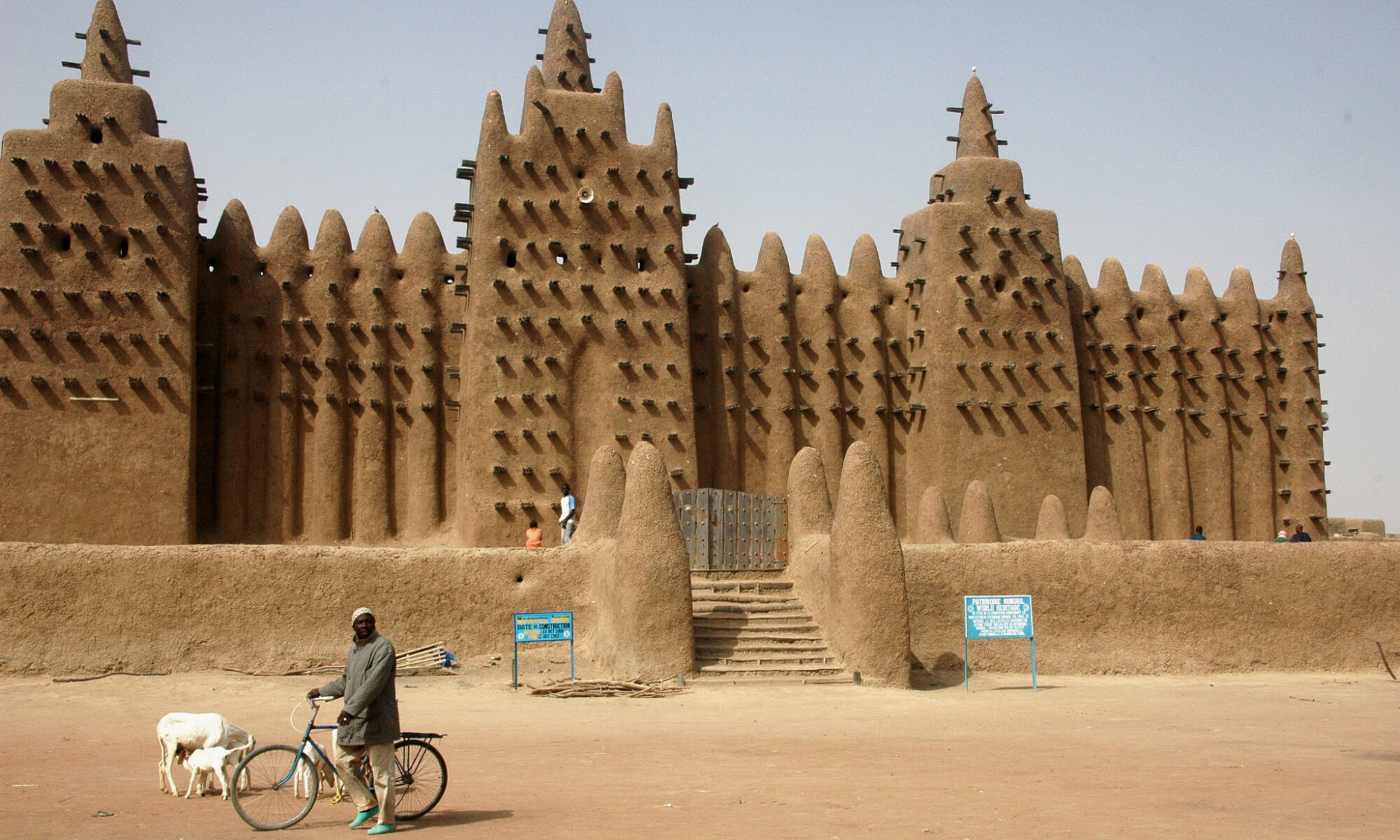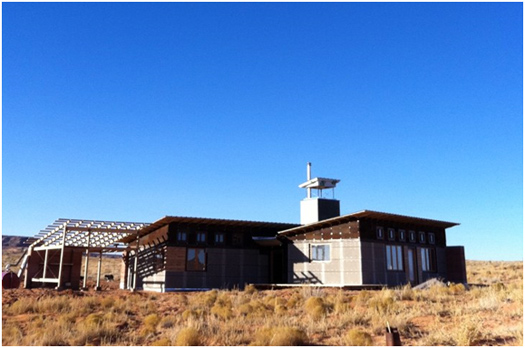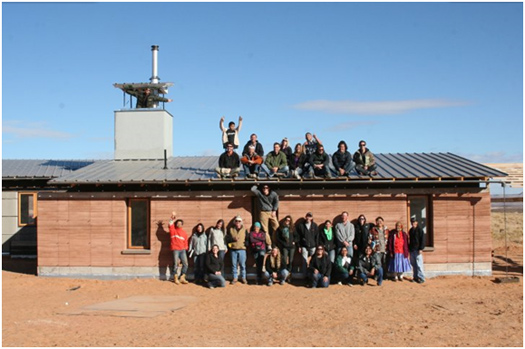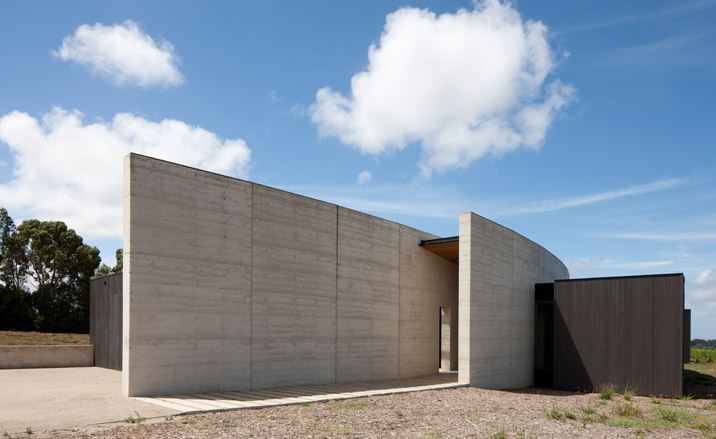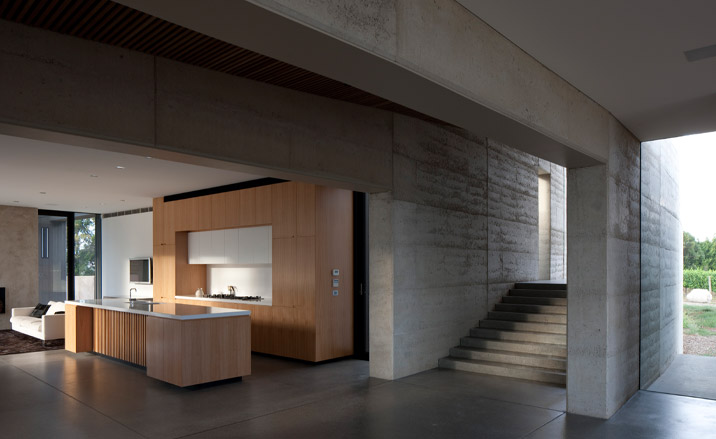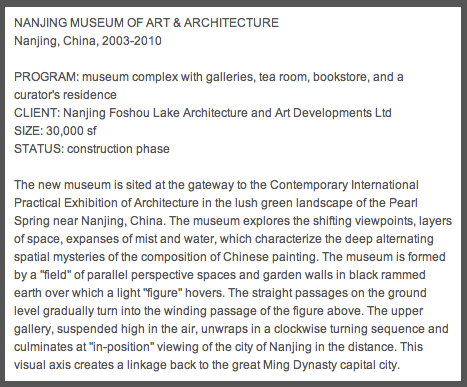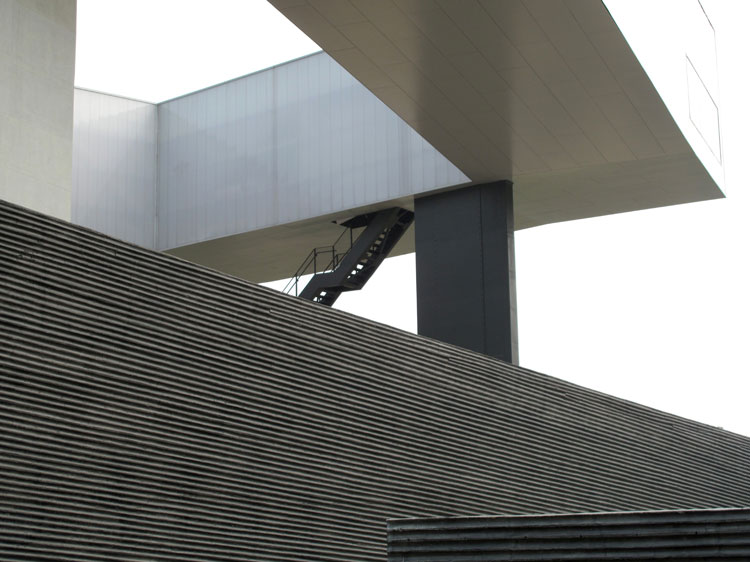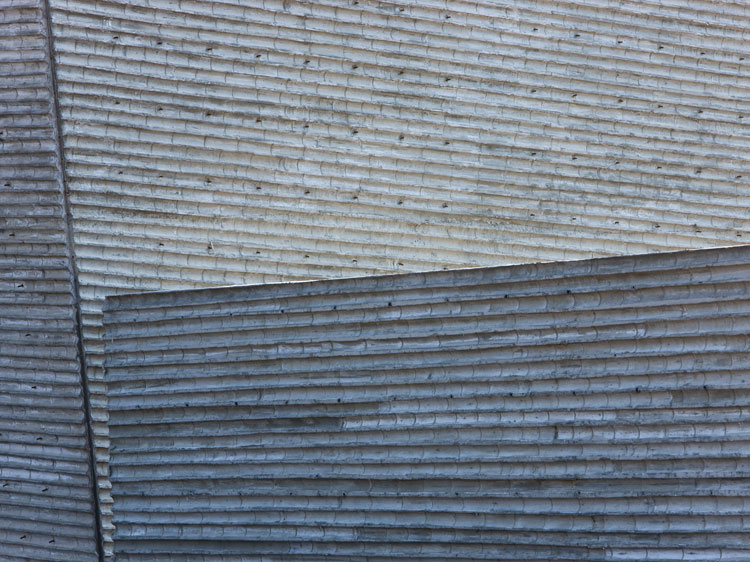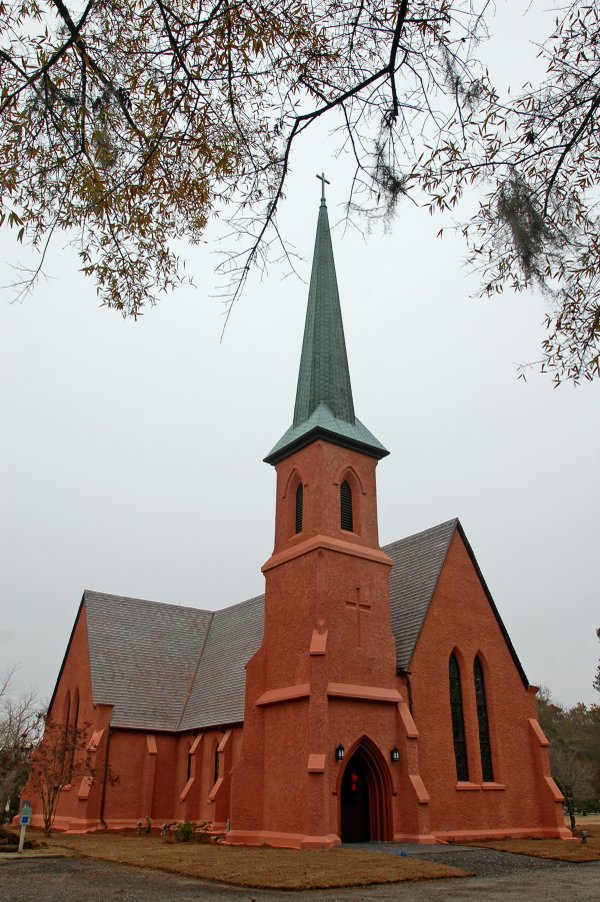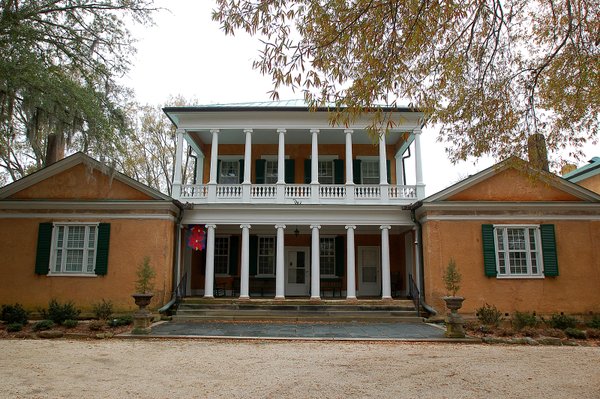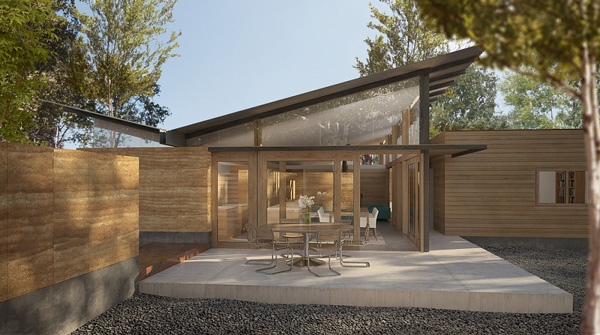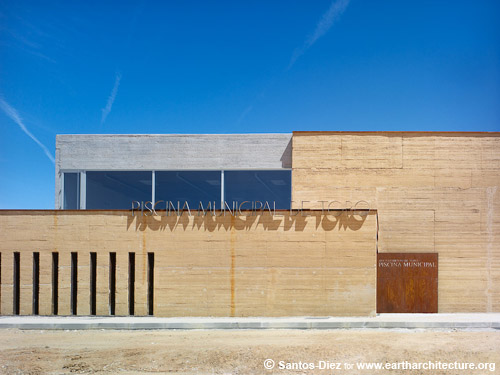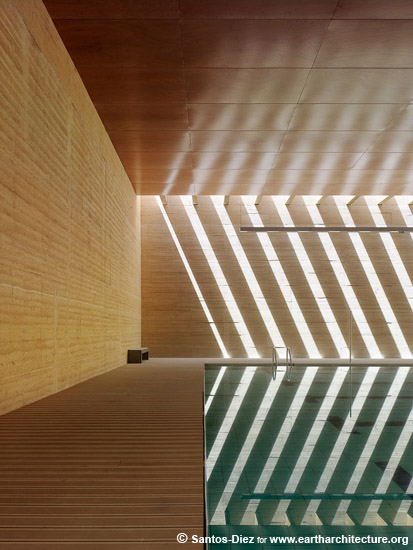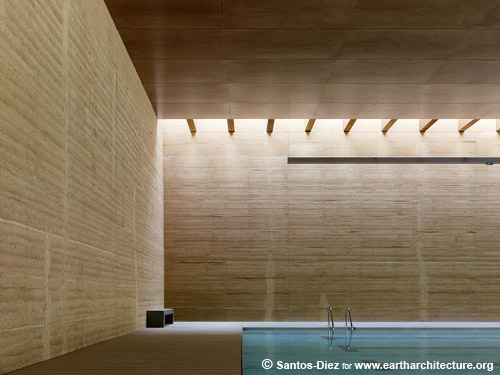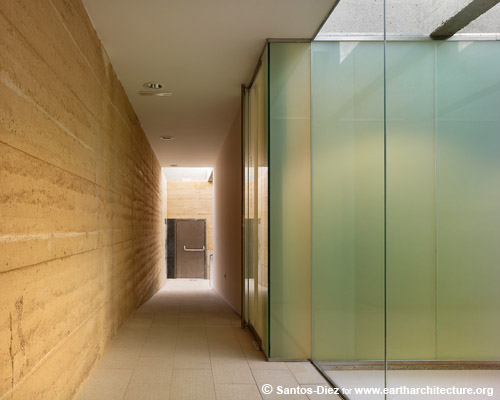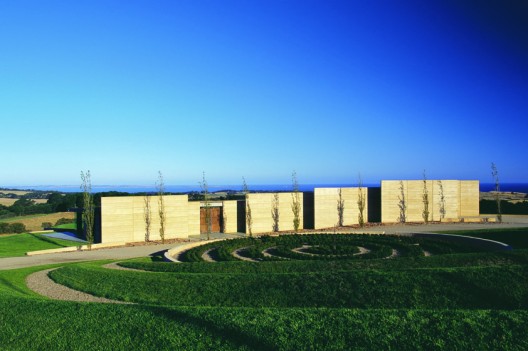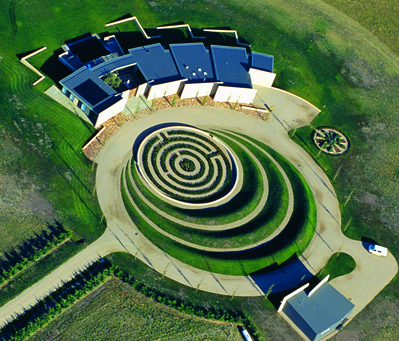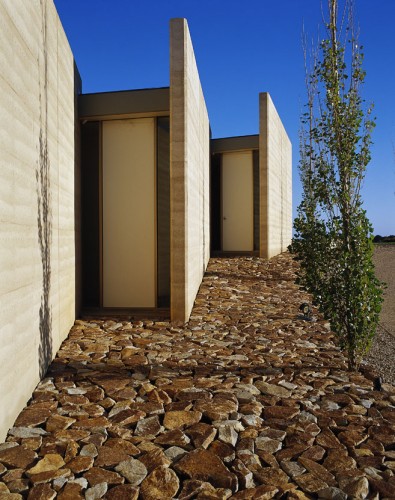On the 7th, 8th & 9th April, 2011 again is a time when we would expect you all to participate in ‘International Rammed Earth Workshop’. Austrian resident DI Hanno Burtscher has been especially invited to pass on his knowledge of rammed earth. You can read more about him, the modules and topic at www.prithwe.com There would be different approach to earth as building material, all the people associated with building material, architects and engineers, nature enthusiasts, clay&ceramic designers, interior designers, permaculture/organic farmers & all others who love nature must come forward and utilize this opportunity to know the mother earth
Other important details:
Workshop Venue: 1 Middle Road, off Napier Road, camp, Pune
Timing: 9am to 5pm
Course Fee: Rs 5999/- 140USD for all 3 days.
Breakfast & Lunch included..
Please write to us for more details. ( visa and staying facility for international & outstation candidates can be organized separately on request)
Regards,
Bharti ( prithwe@hotmail.com)
Prithwe Institute of Building Biology & Ecology
Tel.: 020-26354487 / 020-26343566
www.prithwe.com
